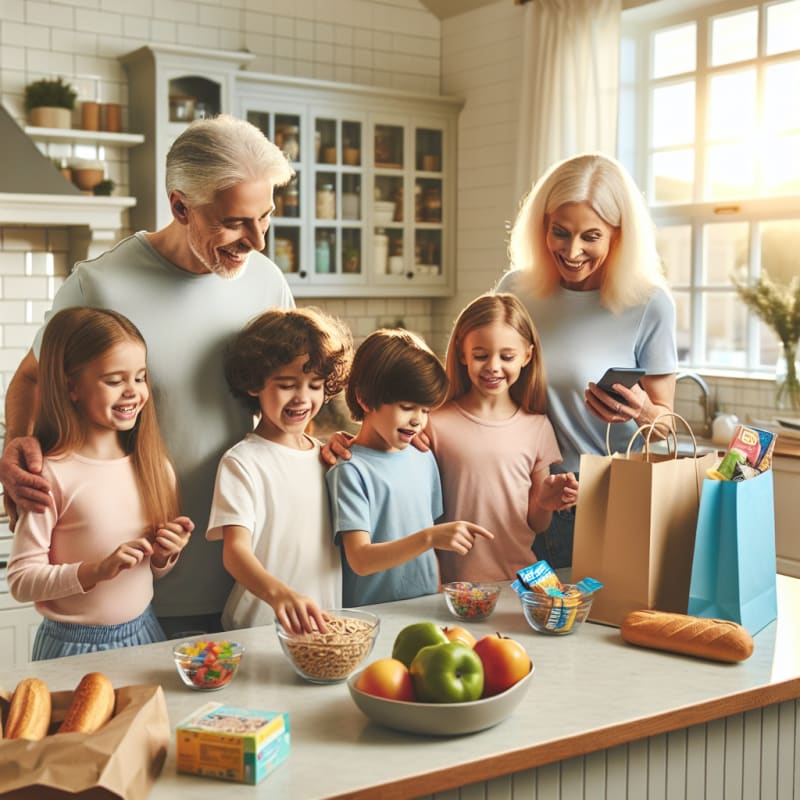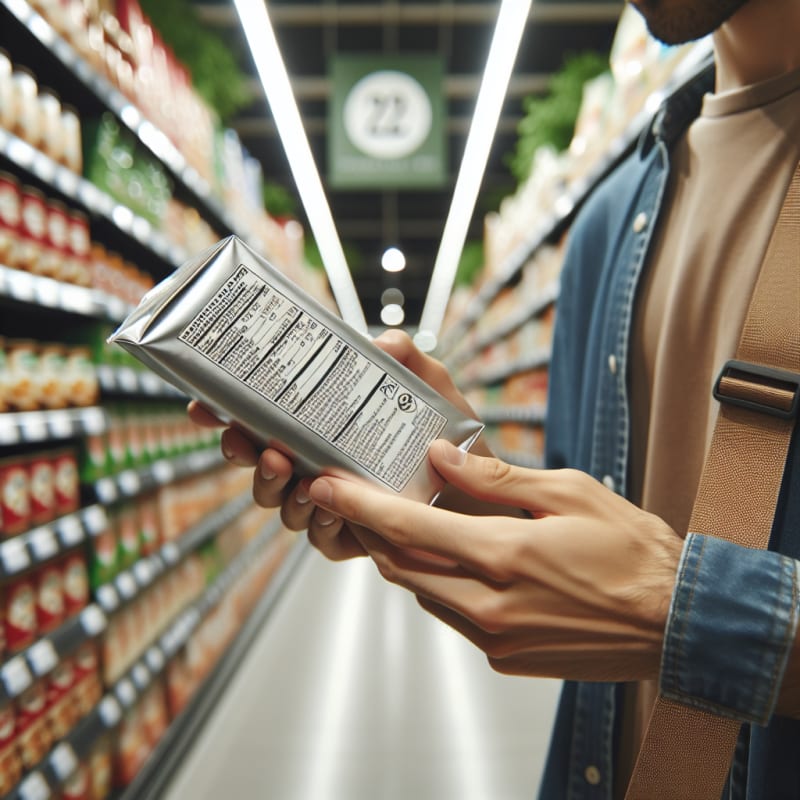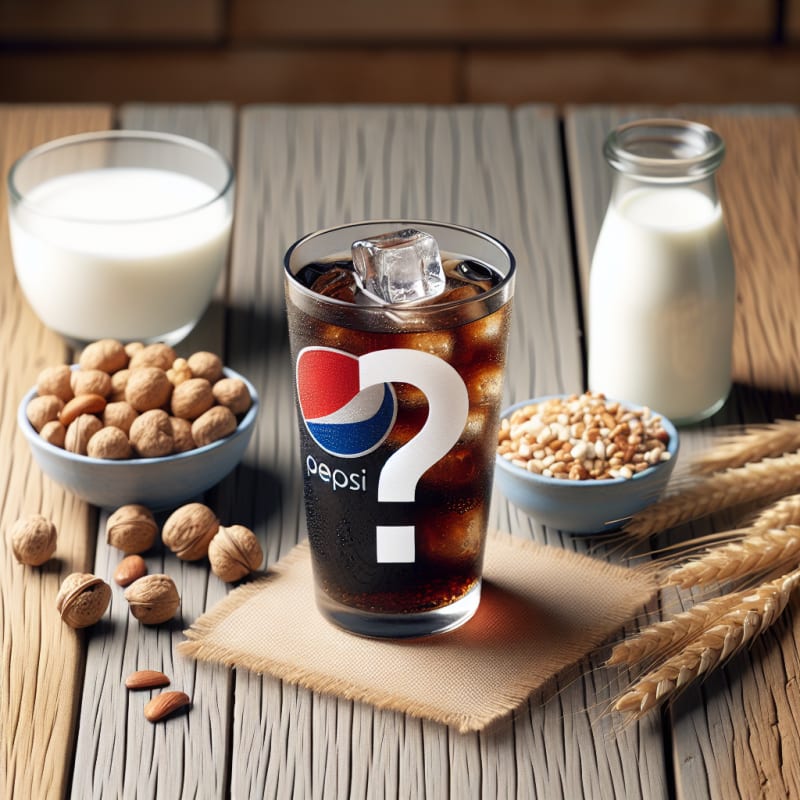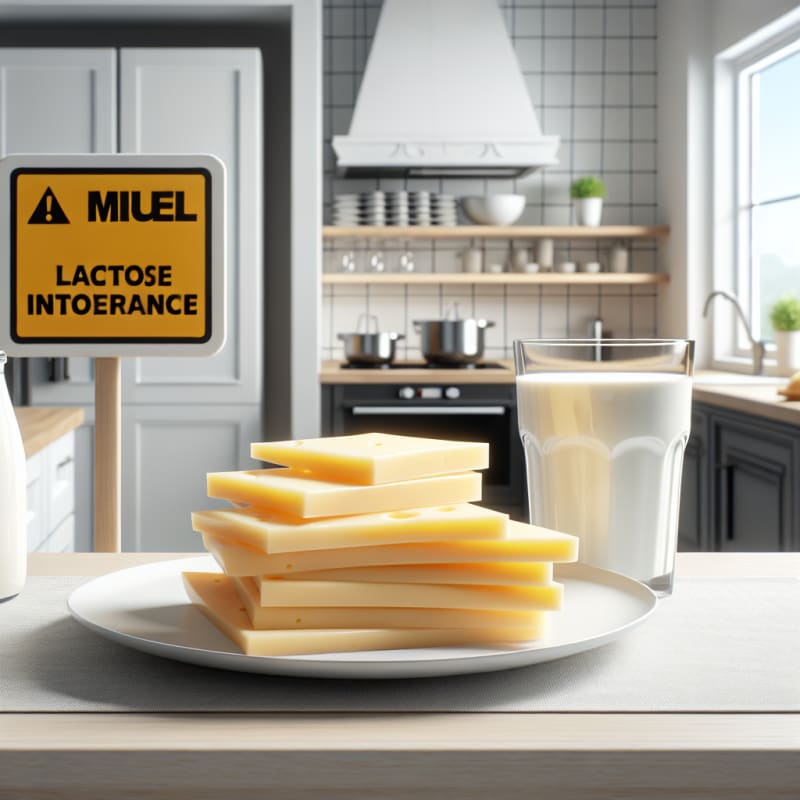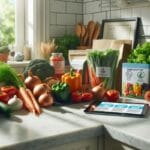Is Kinder Bueno halal or kosher? Get answers for 2024–2025, plus food safety, allergy info, and confidence for safe snacking decisions.
Top 10 gluten-free snacks in USA
Discover 2024–2025’s top gluten-free snacks in the USA—safe, delicious, and allergy-aware choices for families following the latest food safety trends.
Is Amul Cheese suitable for keto?
Is Amul Cheese keto-safe in 2024–2025? Explore food safety, allergy risks, and smart label-checking tips for confident, healthy snack choices.
Can kids safely eat Barilla Pasta?
Wondering if Barilla Pasta is safe for kids in 2024–2025? Explore key food safety tips, allergy insights, and empower your family’s meal choices with confidence.
Best gluten-free scanner apps for 2025
Discover the top gluten-free scanner apps for 2025. Stay safe and confident with the latest food allergy tech, trends, and expert tips for families.
Is Barilla Pasta halal or kosher?
Curious if Barilla Pasta is halal or kosher? Discover 2024–2025 food safety trends, allergy tips, and smart shopping insights to make confident choices.
How to know if food contains animal products?
Learn how to identify animal products in food with easy tips, label checks, and the latest 2025 food labeling trends. Stay informed and eat confidently!
Does Pepsi contain allergens?
Find out if Pepsi contains allergens and stay updated on 2025 ingredient disclosures. Get the latest on Pepsi safety for allergy-sensitive consumers.
Is Amul Cheese safe for lactose intolerance?
Is Amul Cheese safe for lactose intolerant people? Discover the latest facts and expert insights for 2025 on Amul Cheese and lactose intolerance.
Best vegan food scanner apps in 2025
Discover the top vegan food scanner apps of 2025 for easy plant-based shopping, ingredient checks, and healthier choices. Stay updated with the latest trends!


